When scientists and weather forecasters are targeted, everyone loses
By John Morales | April 21, 2025
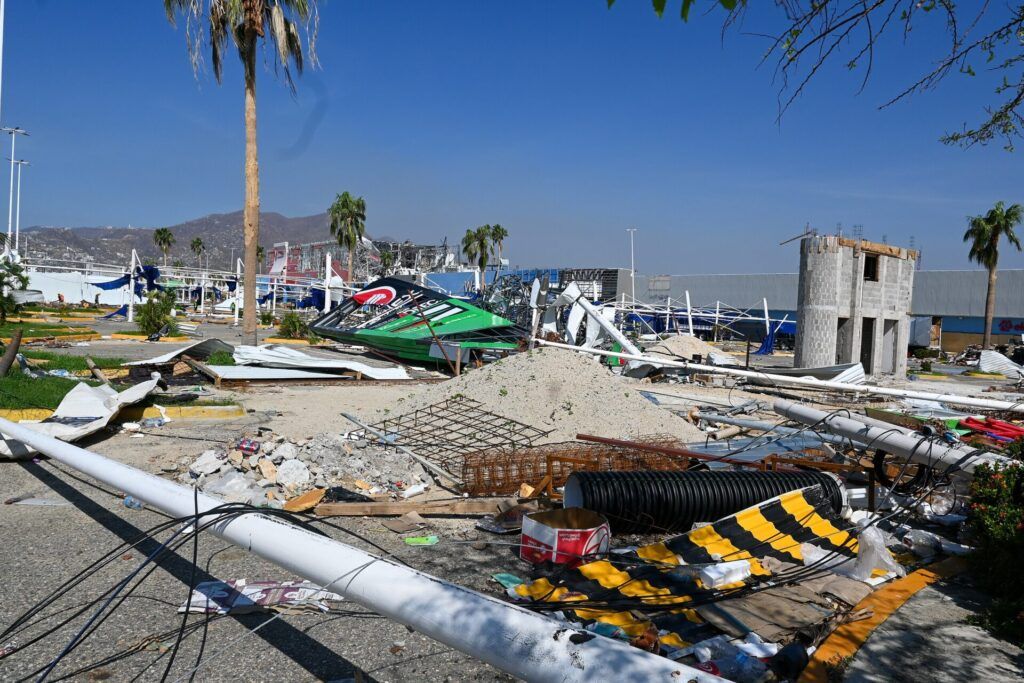 Wreckage from Hurricane Otis, which killed 52 people. Forecasters did not accurately forecast the severity of the hurricane because of gaps in monitoring and surveillance—which could become the norm if President Trump continues to slash funding and staff at national weather and climate agencies. (Photo: Wikipedia)
Wreckage from Hurricane Otis, which killed 52 people. Forecasters did not accurately forecast the severity of the hurricane because of gaps in monitoring and surveillance—which could become the norm if President Trump continues to slash funding and staff at national weather and climate agencies. (Photo: Wikipedia)
In September 2019, I had been on the air for nine hours of wall-to-wall coverage as Hurricane Dorian tied a record for the strongest Atlantic hurricane to hit land, striking the Bahamas with sustained winds of 185 miles per hour.
When it began crawling west toward Grand Bahama as a Category 5 monster, I could see that people in South Florida were getting nervous. They were desperate to know whether the buzz saw hurricane would spare the state or not. Did they need to evacuate? If not, did they need to put the storm shutters up? How about school for the kids? And what if their employer has to shut down?
Finally, I had to make a call.
“It’s going to turn,” I stated unequivocally. And it did.
I had the confidence to communicate such a plain message because of the scaffolding provided by the National Oceanic and Atmospheric Administration, from its research to its observations and operations. Thanks to predictions by the agency’s National Hurricane Center, Florida saved millions of dollars in direct and indirect costs.
When parts of NOAA’s structure are degraded or missing, the opposite happens. There is greater economic loss, and more lives are wrecked or lost. A recent example of this is 2023’s Hurricane Otis, which made landfall near Acapulco without warning because the National Hurricane Center didn’t have timely data from hurricane hunter planes. The information gaps resulted in parts of Mexico’s Pacific coast being devastated by a storm that was first forecast to be relatively benign but turned into the worst kind of major hurricane—a category 5 cyclone. It left behind $12 to $16 billion in damages and 52 dead.
Otis was a deadly lesson, but one the United State’s current leader has not heeded, as he moves forward with indiscriminate cuts to weather and climate agencies. Over 300 National Weather Service employees were fired or took early retirement buyouts in February. Another 300 employees are expected to take the latest federal buyout offer. According to Ken Graham, director of the National Weather Service, eight of the service’s 122 offices will end up with about a half-dozen meteorologists to do the work of 12 to 15 people.
This means one of the oldest and cheapest ways to garner a three-dimensional picture of the atmosphere is now degraded too. Several weeks ago, a select group of National Weather Service offices announced that they could no longer support routine twice-a-day weather balloon launches, which carry instrument packs called radiosondes up into the upper atmosphere to measure things like temperature, humidity, pressure, wind direction and speed. Now, the federal agency has issued a blanket notice indicating that they “may temporarily reduce or suspend scheduled radiosonde launches” anywhere across their network of over 100 offices across the United States because there isn’t enough manpower to have two staffers on duty, which is the minimum required to launch the balloons.
Radiosonde data is fed into computer forecast models, which in recent decades have become excellent hurricane track forecasters. Losing any balloon data can lead to impaired forecasts because what happens above the Intermountain West, for example, can impact weather conditions downstream to the east, even in the Atlantic Ocean.
The Atlantic basin, which produces all hurricanes that strike the United States, could well see gaps in hurricane hunter coverage in 2025. Aircraft reconnaissance missions are understandably resource heavy. But the meteorological readings taken inside tropical cyclones and relayed to NOAA forecasters cannot be measured in any other way. This year, there may not be enough NOAA personnel to man these flights. The data is irreplaceable, as was proven in Otis.
The outlook for the 2025 Atlantic hurricane season calls for yet another above-normal year, according to experts at Colorado State University, widely recognized as the leading institution in seasonal tropical cyclone forecasting for the Atlantic basin.
It’s unsettling enough to know that the risk for forecast errors is increasing heading into an active year. But now we’re learning that in addition to the massive firings at NOAA, measures which could expose the United States to weather catastrophes that come without warning, the Trump administration also intends to gut the research offices and weather labs across several branches of the agency.
This comes as no surprise, because there was a blueprint in place before Donald J. Trump got elected: NOAA was to be dismembered under the new administration. The agency, according to the Heritage Foundation, is a climate scaremonger.
But, trust me, as far as alarming happenings brought on by the changing climate, you haven’t seen anything yet! We’re blowing past 1.5 degrees Celsius of global warming since the pre-industrial era, on our way to 2, 3, maybe even 4 degrees by the end of this century.
A National Weather Service with insufficient data and an exhausted and demoralized staff will struggle to keep up with the documented increases in climate-fueled weather extremes. The next steps, if enacted as part of Trump’s 2026 budget proposal, will erode our scientific understanding of the very storms that produce the most dangerous weather.
NOAA’s office of Oceanic and Atmospheric Research would disappear. Even if some of its laboratories and centers survive, they’re expected to be moved to different NOAA departments, with an overall reduction of 75 percent in the office’s budget.
Why is OAR important?
The National Severe Storms Laboratory is in it. Its mission, like many of these agencies, is to save lives and property by “working to improve the lead time and accuracy of severe weather warnings and forecasts.” Sounds key.
The Air Resources Laboratory studies the lower atmosphere to protect people, the environment, and commercial activities with applications that impact emergency response, homeland security, air quality, commerce and transportation. Check.
And then there’s the Atlantic Oceanographic & Meteorological Laboratory here in Miami. This laboratory studies oceans and human health, how the ocean changes over time and its relation to climate, and, importantly, hurricanes. It includes the Hurricane Research Division, which developed the first model to skillfully predict tropical cyclone intensities and continues to study the physics of hurricanes and how to improve forecasting. It improved our ability to predict rapid intensification cycles in tropical storms. And it proved that hurricane winds measured remotely by an instrument onboard aircraft reconnaissance missions were accurate. Yup, I want to know about these things.
It took decades of research and innovation to reach the level of accuracy in hurricane forecasting attained prior to January 20, 2025. The National Hurricane Center made record-accurate track forecasts in 2024. I wonder if years from now we’ll look back at 2024 as the high-water mark.
In the short term, I am asking myself “how do I do hurricane season 2025?!” How much faith can I have in the data and forecast models? How can I stand before the camera and tell audiences in Florida and the Caribbean how to prepare—or not!—for a hurricane if I do not have the information and tools to forecast severity and likely paths.
The Trump regime has taken aim at the weather and climate messengers, but everyone will suffer as a result.
Together, we make the world safer.
The Bulletin elevates expert voices above the noise. But as an independent nonprofit organization, our operations depend on the support of readers like you. Help us continue to deliver quality journalism that holds leaders accountable. Your support of our work at any level is important. In return, we promise our coverage will be understandable, influential, vigilant, solution-oriented, and fair-minded. Together we can make a difference.
Keywords: DOGE, NOAA, Trump administration, climate crisis, extreme weather, weather forecasting
Topics: Climate Change, Opinion


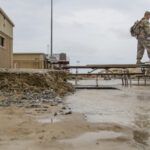



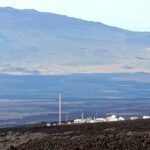

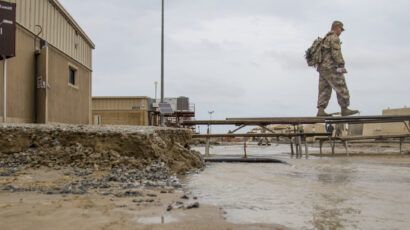


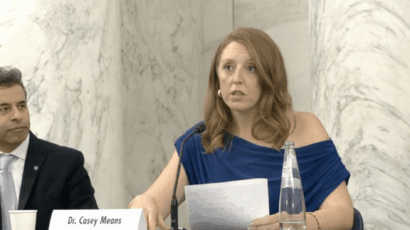



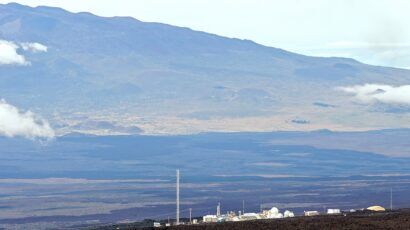
It’s terrible that this is happening. The general public doesn’t know that much about the government agencies, just told that they are full of waste. Maybe Reagan was the beginning of this idea. The Republicans are the only ones that can slow down the destruction of our government assets.